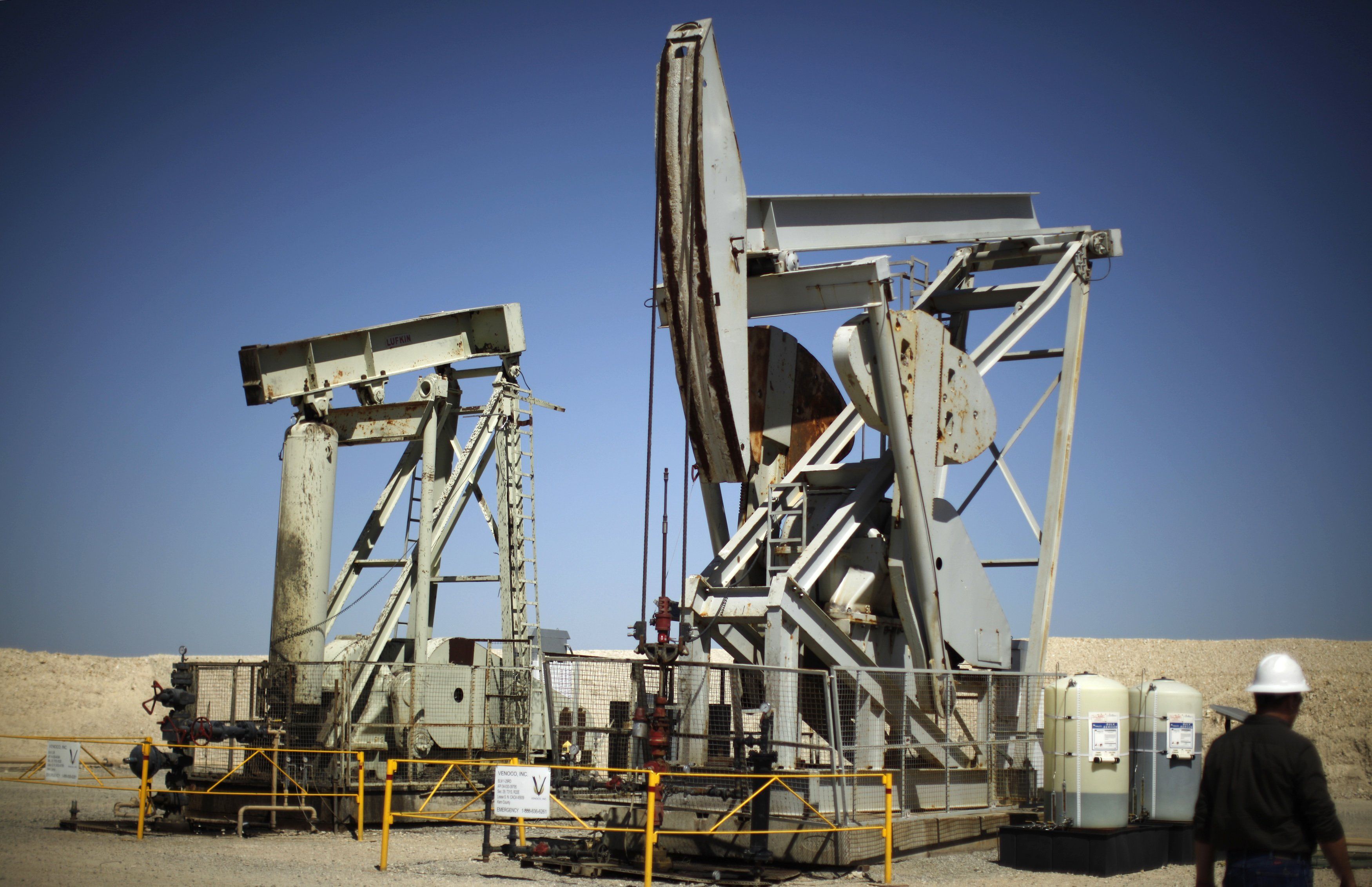Many experts have forecast the shale revolution will soon produce diminishing returns and overall production will begin to fall. Not so fast. The US Energy Information Administration reported on Tuesday that US oil, which set a record in 2023, will break that record in 2024 and again in 2025. That’s also true for dry natural gas production.
If we’d told you five years ago that in 2024, Europe would refuse to buy Russian energy exports in response to an invasion of Ukraine and that the Middle East would face a serious risk of regional war, you’d probably have predicted oil prices shooting to $150 per barrel. Yet, oil has recently settled into a tight trading range between $75 and $80.
What’s keeping the price lower? You know about the surprisingly weak oil demand that results from China’s tepid economic recovery. But it’s also a product of the extended life of the US energy production revolution.
This is not good news for those hoping a surge in oil prices would drive investment in green energy in coming years, but it’s heartening for those who fear the impact of higher energy prices on consumers and governments in both wealthy and developing countries.
